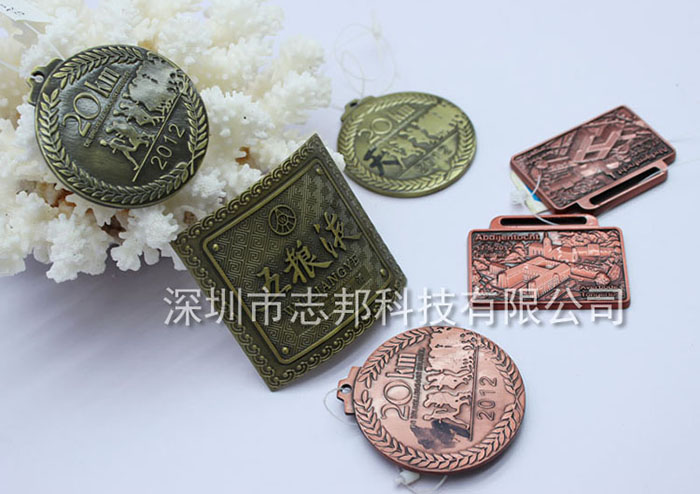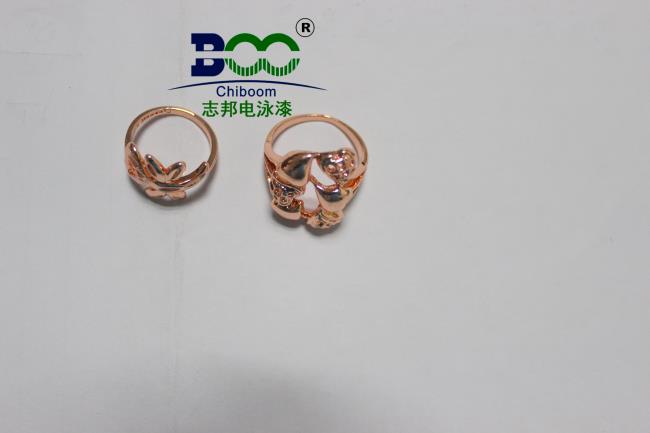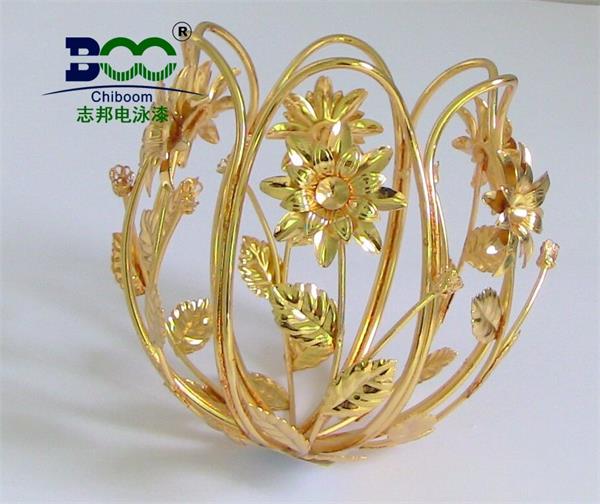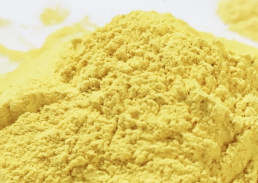There are several types of electrophoretic paint produced?
There are several types of electrophoretic paint produced
Types of Electrophoretic Paint: Embodiment of Diversity and Innovation
Electrophoretic paint, also known as electrophoretic coating, is a novel, environmentally friendly, harmless, and low-polluting type of coating. Its primary functions include corrosion protection and aesthetic decoration, making it widely used in the painting of hardware such as automobiles, motorcycles, bicycles, household appliances, and electromechanical products. The diversity and innovation of electrophoretic paint are reflected in its classifications and applications, which will be introduced in detail below.
I. Classification Based on the Electrode of the Coated Workpiece
Anode Electrophoretic Paint: This includes acrylic anode electrophoretic paint, pure phenolic anode electrophoretic paint, polybutadiene anode electrophoretic paint, among others. Anode electrophoretic paint is primarily used for aluminum products, protecting them after oxidation with a gloss level between 50-60 degrees. It has a thicker paint film and is widely used on hardware parts with general requirements.
Cathode Electrophoretic Paint: This includes acrylic resin, epoxy resin, and polyurethane cathode electrophoretic paint. Cathode electrophoretic paint boasts exceptional salt spray resistance and deep-hole throwing power, making it suitable for primer corrosion protection and as a finish coat for hardware parts with general requirements.

II. Classification Based on Water Dispersion State
Electrophoretic paint can also be classified into single-component and double-component electrophoretic paint based on its water dispersion state. This classification reflects differences in manufacturing processes and performance characteristics.
III. Classification Based on Paint Film Thickness
Additionally, electrophoretic paint can be categorized into thin-film, medium-to-thick-film, and thick-film cathode electrophoretic paint based on film thickness. This classification is crucial for selecting suitable coatings to meet specific product painting requirements.
IV. Classification Based on the Ionic Form in the Paint Film
Electrophoretic paint can be divided into anionic and cationic electrophoretic paint. This classification aids in understanding the electrochemical behavior of electrophoretic paint during the painting process, optimizing painting techniques and enhancing paint quality.
The diverse classifications of electrophoretic paint, each with its unique application scenarios and advantages, demonstrate its diversity and innovation. These classifications not only reflect the versatility of electrophoretic paint but also provide us with more options and possibilities. As technology advances and painting needs change, the classifications and applications of electrophoretic paint will continue to evolve and develop.





 WeChat
WeChat